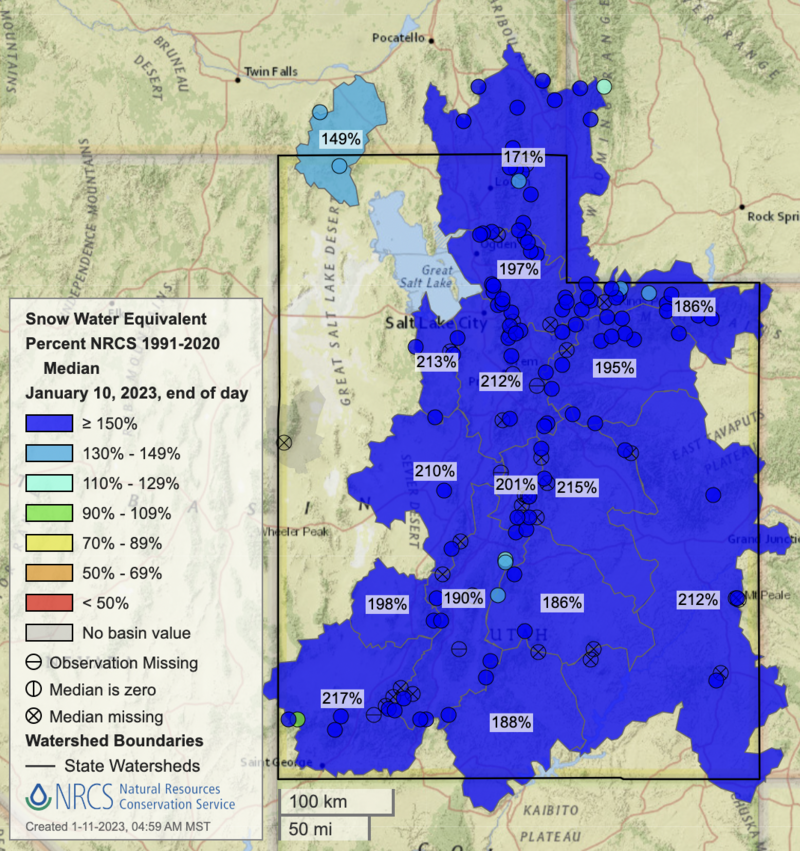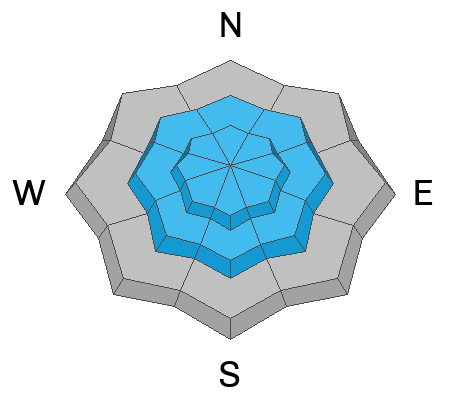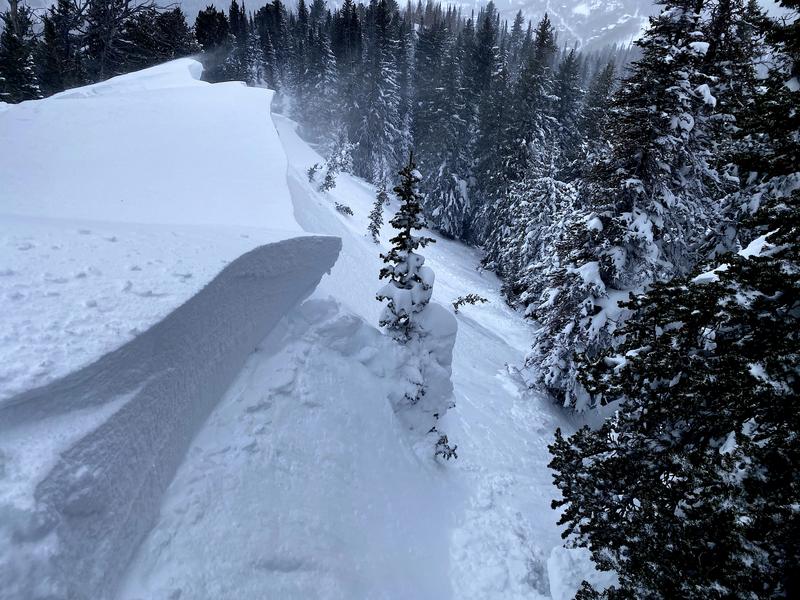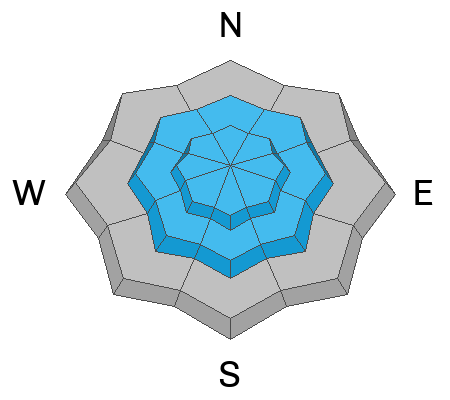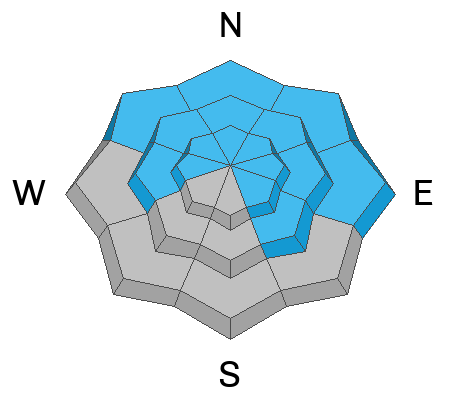Forecast for the Provo Area Mountains

Issued by Nikki Champion on
Wednesday morning, January 11, 2023
Wednesday morning, January 11, 2023
The avalanche danger is HIGH at all upper and mid elevations where heavy snowfall, heavy rain, and strong winds have created very dangerous avalanche conditions. New snow and wind-drifted snow avalanches may step down into older facets, leading to large and destructive avalanches.
The avalanche danger is HIGH at all lower elevations due to the overhead hazard and heavy rain. Yesterday, a very large hard slab avalanche hit the Provo River.
Avoid travel below steep terrain as avalanches have the potential to run into lower elevation flat areas near trailheads or overrun ice climbing routes.
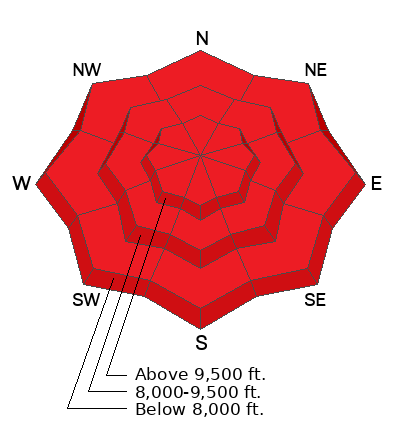
Low
Moderate
Considerable
High
Extreme
Learn how to read the forecast here


